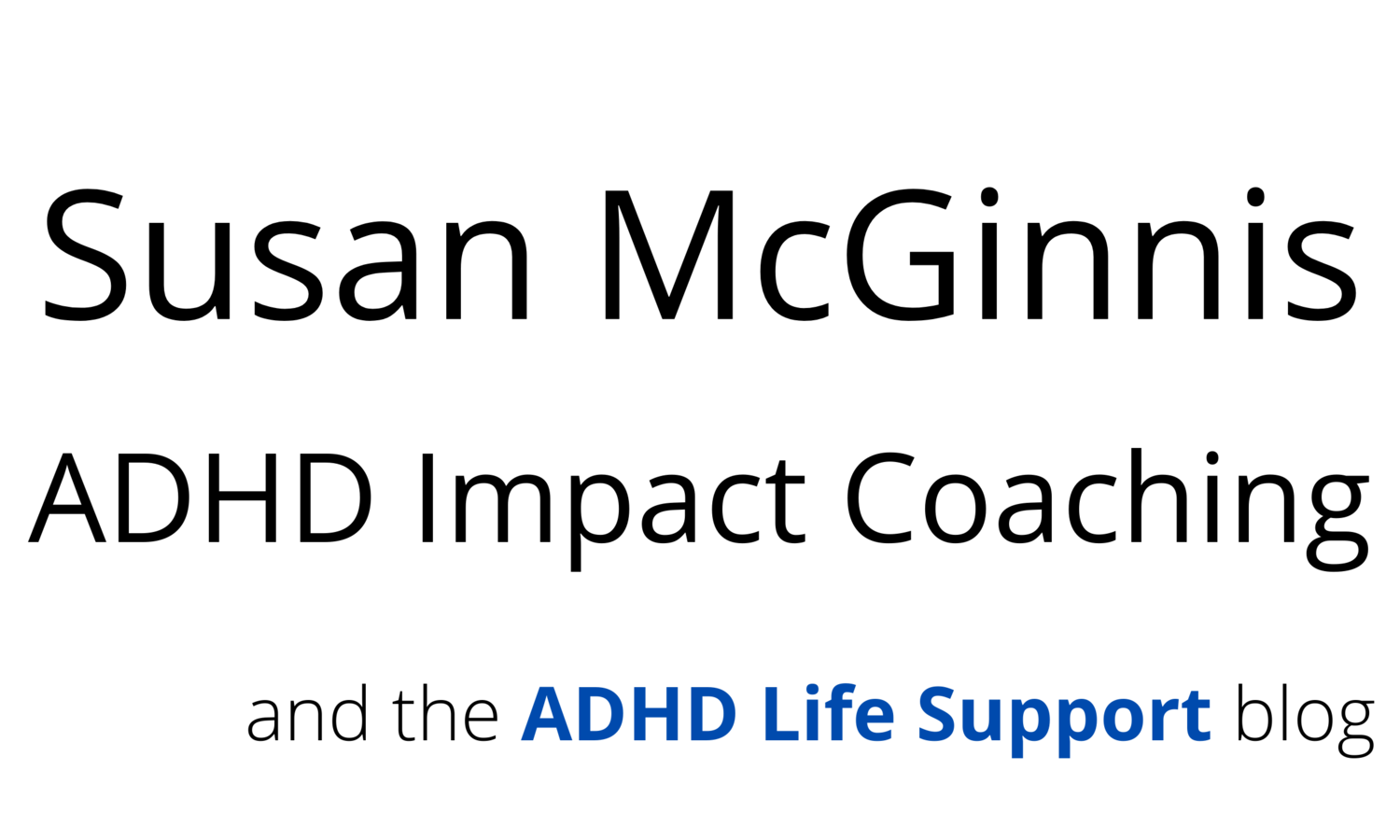Time Tips for ADHD
People with unmanaged ADHD are said to live “in the moment.” There’s only “now” or “not now.”
Managing ADHD includes using visuals and language that help us conceptualize the “flow” of time, and “the future,”to make time real.
“Making time real” also means making time impersonal. This is very important for emotional regulation, for anyone with ADHD.
Here are a few specific principles to help work with time:
De-Personalize Time
“The clock says 8:00 - that’s the time for sleeping” has a very different impact on the listener than “You need to go to bed.”
Let the clock, or the schedule, be the minder - not you.Connect the “Why” to the “What”
“We leave at 7:20 so we can have plenty of time to get to school or work, and don’t have to worry about walking in late.”
Cue Routines with Pictures that show what to do, when.
People with ADHD - children and adults - are said to be “visual thinkers.” Words often bring up emotions, and require effort and social skills to decode meaning - but pictures can bypass much of that. Pictures show, not tell. Pair a clock time with an activity visual to create a visual routine or schedule. Place where it will be seen at the right time.“What’s Next?” Show How Actions Flow Over Time
Build on the visual cues idea by connecting visuals for a series of actions. Seeing the flow of activity helps create a sense of order, to make sense of time.Add Language
We use words to make meaning — for this example, from the patterns we notice in the visual flow of activities.
Examples of words that relate activities over time include:
Before
After
When
During
Once
Next
Then
Combining visuals and language creates a powerful tool for remembering and staying focused. With practice, what exactly it means to “get ready for school” will become meaningful as doing “everything before leaving the house in the morning.”
Verbalizing what “the flow” includes is a helpful cognitive support, so talking in the mornings and evenings is important for all members of an ADHD household, and can help in the workplace as well.
ADHD Life Support is the blog of ADHD coach Susan McGinnis
of ADHD Impact Coaching, LLC
www.adhdimpactcoaching.com
